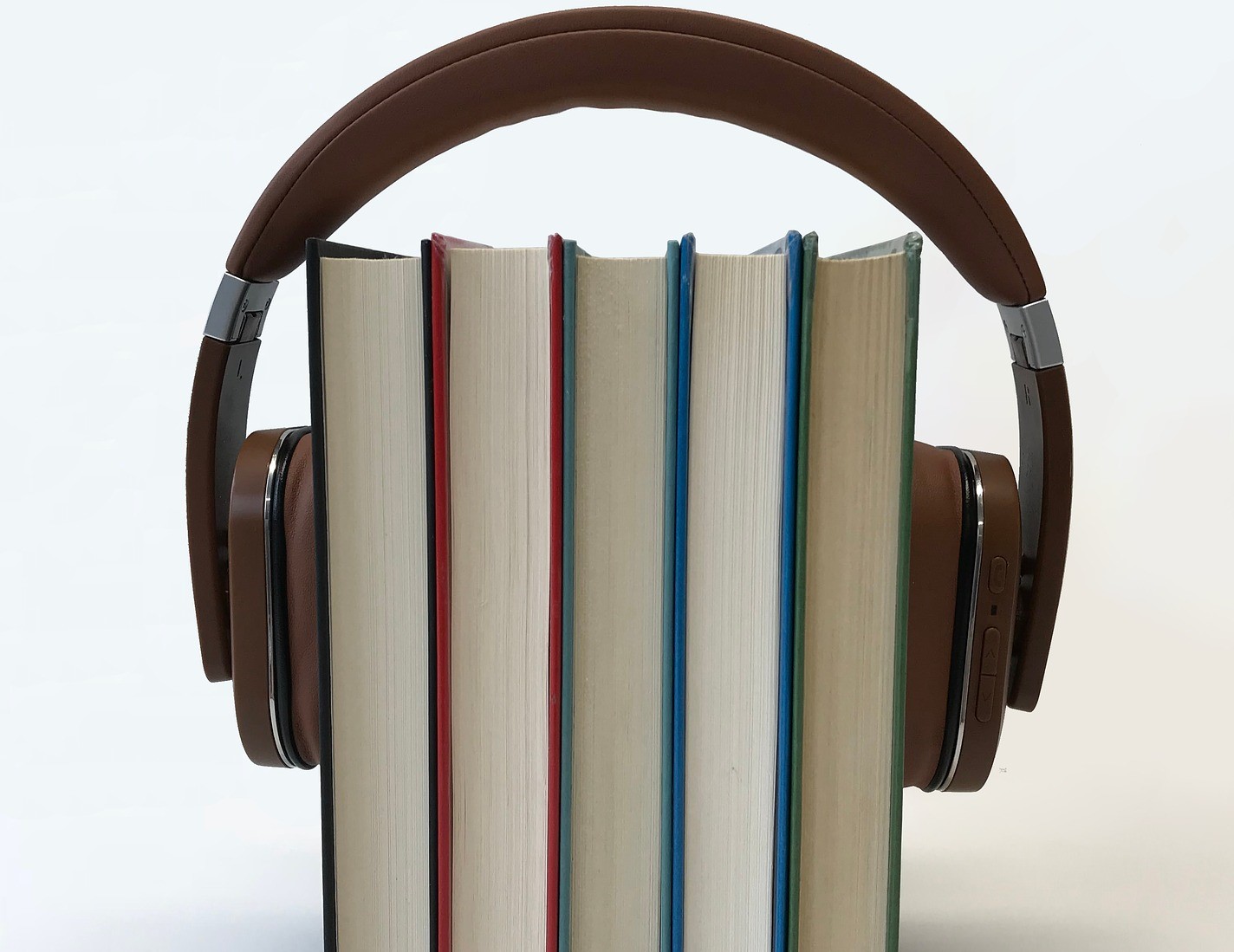Listen Without Guilt: Audiobooks Offer Similar Comprehension As Reading
Kids and adults learned a similar amount if they read text or had it read to them, according to new research.

A new meta-analysis looking at reading vs. listening to text either via an audiobook or other method has found no significant difference in comprehension outcomes. The study was recently published in Review of Educational Research and provides some of the best evidence yet that those who listen to a text learn a comparable amount to those who read the same text.
“It is not at all cheating to listen as opposed to read,” says Virginia Clinton-Lisell, the study’s author and associate professor at the University of North Dakota.
How This Research Came About
Clinton-Lisell, an educational psychologist and former ESL teacher who specializes in language and reading comprehension, began researching audiobooks and listening to text in general after hearing colleagues talk about it as if they were doing something wrong.
“I was in a book club and there was one woman who was like, ‘I have the audiobook,’ and seemed embarrassed about it, like she wasn’t a real scholar because she was listening to the audiobook because she had to do a lot of driving,” Clinton-Lisell says.
Clinton-Lisell began thinking about universal design and audiobooks. Not only could audiobooks provide access to course materials for students with vision or other learning disabilities, but for students in general who might have everyday life obstacles to sitting down and reading. “I thought about my colleague, who was driving a lot who had the audiobook. ‘Well, how many students have long commutes, and would be able to listen to their course materials, during those drives, and be able to comprehend it, and otherwise may not have the time to sit down and read it,’” she said. “Or students who just have to do chores around the house, or watch the kids, if they could be playing their course materials, they could still get the content and the ideas and be able to stay on top of the materials.”
What the Research Shows
Some previous research suggested comparable comprehension between audiobooks and reading but these were smaller, isolated studies and there were also other studies that demonstrated an advantage for reading. To learn more about the difference in comprehension between reading and listening, Clinton-Lisell embarked on a comprehensive search of studies comparing reading to audiobooks or listening to text of some type.
For her analysis, she looked at 46 studies conducted between 1955 and 2020 with a combined total of 4,687 participants. These studies include a mix of elementary school, secondary school, and adult participants. While a majority of the studies looked at in the analysis were conducted in English, 12 studies were conducted in other languages.
Tools and ideas to transform education. Sign up below.
Overall, Clinton-Lisell found reading was comparable to listening in terms of comprehension. “There wasn’t a difference where anybody should be concerned about having somebody listen as opposed to read to understand content, or to understand a fictional work,” she says.
In addition, she found:
- There was no discernible difference between age groups in terms of listening vs. reading comprehension – though Clinton-Lisell only looked at studies that examined competent readers because those who struggle with reading will obviously learn more from an audiobook.
- In studies in which readers were able to choose their own pace and go back, there was a small advantage to readers. However, none of the experiments allowed audiobook or other listeners to control their pace, so it’s unclear if that advantage would hold up with modern audiobook technology that allows people to skip back to relisten to a passage and/or speed up narration (anecdotally this helps some people concentrate on audiobooks).
- There was some indication that reading and listening were more similar in languages with transparent orthographies (languages such as Italian or Korean in which words are spelled like they sound) than in languages with opaque orthographies (languages such as English in which words are not always spelled as they sound and letters don’t always follow the same rules). However, the difference was not big enough to be significant and may not hold up in larger studies, Clinton-Lisell says.
Implications of The Research
Audiobooks can help students with a wide range of accessibility needs including unexpected ones such as haptic concerns holding a book or inability to pay attention to text for long periods of time.
“Audiobooks are also a great way to help students who have reading disabilities so they can build their language base and build their content knowledge from listening, so they don’t fall behind,” Clinton-Lisell says.
In addition, Clinton-Lisell advocates for greater access to all students whether they have accessibility needs or not. “It's a way to make reading fun,” she says, noting that a book can be listened to while walking, relaxing, traveling, etc.
Audiobooks are increasingly common in school libraries and text-to-speech is now a built-in feature of many apps and programs. Even so, some educators still see listening as a shortcut. Clinton-Lisell recounted an anecdote about a dyslexic student whose teachers were reluctant to provide listening alternatives because they wanted the student’s reading to improve, but she says such concerns are misguided.
“Language builds language,” Clinton-Lisell says. “There are a wealth of studies showing that listening and reading comprehension benefit each other. The better you are at reading, the better you'll be at listening. The better you are at listening, the better you will be at reading.”
Erik Ofgang is a Tech & Learning contributor. A journalist, author and educator, his work has appeared in The New York Times, the Washington Post, the Smithsonian, The Atlantic, and Associated Press. He currently teaches at Western Connecticut State University’s MFA program. While a staff writer at Connecticut Magazine he won a Society of Professional Journalism Award for his education reporting. He is interested in how humans learn and how technology can make that more effective.

